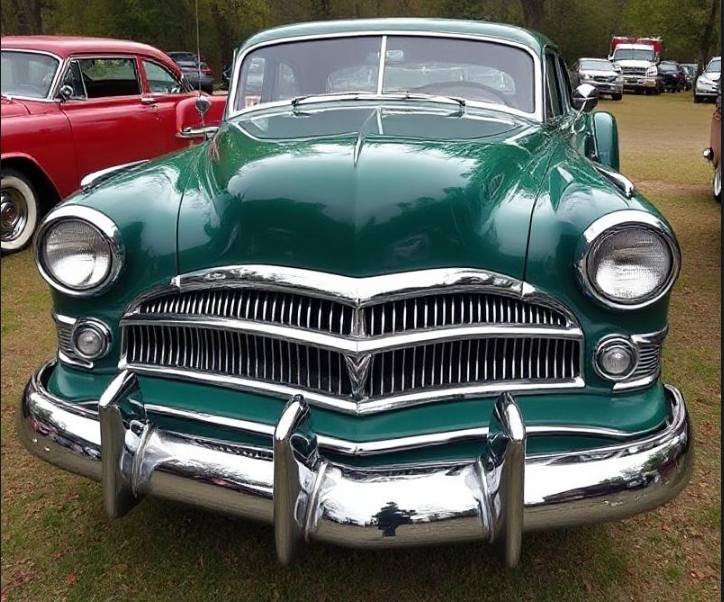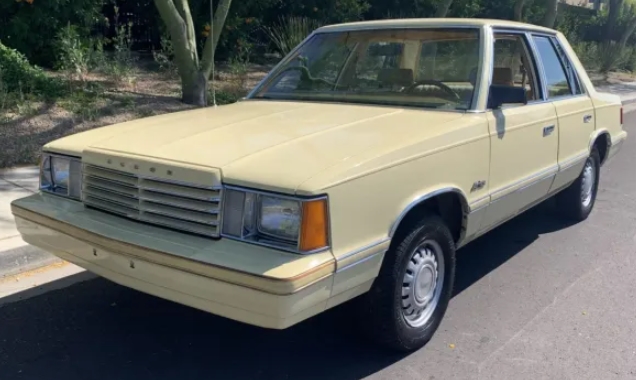The Evolution of the Packard 300: A Legacy of Luxury
The Packard 300 is a classic example of American automotive history, reflecting the brand’s commitment to luxury, performance, and innovation. Produced from 1951 to 1956 as part of Packard’s lineup during its final years, the Packard 300 became a symbol of a bygone era of automotive elegance and engineering excellence. In this article, we will delve into the intricate history of the Packard 300, exploring its various models, trim levels, and the evolution of features that defined this remarkable vehicle.
Historical Context
Packard, founded in 1899, quickly established itself as a premier luxury automobile manufacturer. Known for their quality and innovation, Packard vehicles were often favored by the affluent and elite. However, by the late 1940s, the company began to face increasing competition from other luxury brands and the emerging wave of postwar automobile manufacturers.
The introduction of the Packard 300 marked a pivotal moment for the brand, attempting to reposition itself in the changing landscape of the automotive market. Competing with luxury services such as Cadillac and Lincoln, Packard aimed to deliver a vehicle that embodied both elegance and performance.
Years of Production
1951: The Birth of the Packard 300
The Packard 300 made its debut in 1951 as part of Packard’s flagship series, the “Patrician.” It was available as a four-door sedan, and its introductory price pointed to the brand’s strategy of providing luxury at a competitive price. The 1951 model offered advanced features for its time, such as power steering, power brakes, and an automatic transmission, which enhanced the driving experience.
Trims Available:
- Standard 300 Sedan: The base model housed a 288 cubic inch inline-8 engine delivering adequate power while maintaining a smooth ride.
1952: A Year of Refinement
By 1952, the Packard 300 had already begun to receive enhancements, both in design and under the hood. The introduction of the more powerful 327 cubic inch engine allowed for improved performance and responsiveness, ensuring that the vehicle retained its luxury status while delivering power.
Trims Available:
- Standard 300 Sedan
- 300 Deluxe: This trim further emphasized luxury with upgraded interior materials and additional options for buyers seeking a more tailored experience.
1953: The Height of Elegance
1953 marked a pivotal moment for the Packard 300 as it underwent significant stylistic changes. Much of the lineup was reworked, featuring a modernized body style with sharper lines and more contemporary aesthetics compared to earlier models. The addition of features such as automatic headlight dimming and luxurious interiors made the 1953 Packard 300 a sought-after vehicle among luxury consumers.
Trims Available:
- Standard 300 Sedan
- 300 Deluxe: Continuing to provide an option for customers who craved more upscale features.
1954: The Power of the V8
The evolution of the Packard 300 reached an essential milestone in 1954 with the introduction of the modern V8 engine. The 359 cubic inch V8 provided outstanding performance, allowing the Packard to continue competing within the luxury segment. The Packard 300 showcased such innovations while maintaining the classic Packard style customers had come to appreciate.
Trims Available:
- Standard 300 Sedan
- 300 Deluxe
- 300 Custom: This trim offered an even greater luxury experience, with advanced options and features exclusive to discerning buyers.
1955: Transition and Performance
In 1955, the automotive landscape was rapidly changing, and the Packard brand found itself at a crossroads. The Packard 300 continued to evolve, offering a combination of performance and style that met consumer demands. This year saw the introduction of more luxury features, such as power windows and more sophisticated audio systems, which appealed to the desires of affluent consumers.
Trims Available:
- Standard 300 Sedan
- 300 Deluxe
- 300 Custom: The top-tier model offered plush interiors and a host of additional upgrades to ensure luxurious comfort.
.
MANY auto lovers not only spend time in their garages to tinker on their autos, but have other projects going on in there as well. Wood working is a popular pastime for the creative type of individual. Not sure what to make next? Or thinking about getting into this kind of hobby? There’s lots of possibilities… Here’s some of them…

.
1956: The Last Dance
The Packard 300 saw its final production year in 1956 as the company faced significant financial difficulties. The model underwent slight modifications to design but retained the fundamental elements that had garnered popularity among buyers. The Packard 300 was now more of a classic and represented a transition from the golden era of American-made luxury vehicles.
Trims Available:
- Standard 300 Sedan
- 300 Deluxe
- 300 Custom: Continuing the tradition of offering various trim levels for a more personalized touch.
Key Features and Innovations
Throughout its production run, the Packard 300 incorporated numerous features and innovations that defined its luxury persona:
- Power Options: Over the years, the introduction of increasingly powerful engines – from the original inline-8 to the sophisticated V8 – ensured that the Packard 300 offered both performance and effectiveness.
- Luxury Accoutrements: Plush interiors, extensive use of fine materials, and custom options on the higher trims catered to the discerning tastes of luxury customers. Features like power steering, power windows, and upgraded audio systems helped position the Packard 300 as a true luxury vehicle.
- Safety Features: As with many manufacturers, Packard aimed to enhance the safety of their vehicles. Innovations included features like automatic headlight dimming, improved braking systems, and advanced chassis designs for a smoother ride.
Legacy and Conclusion
Although the Packard 300 was discontinued in 1956 due to financial turmoil within the company, its legacy lives on as one of the classic models representing American luxury during the mid-20th century. Collectors and enthusiasts continue to cherish the Packard 300, considering it an emblem of prestige, craftsmanship, and style.
As we reflect on the evolution of the Packard 300, it serves as a reminder of a time when automobiles were more than mere transportation – they were symbols of a lifestyle marked by elegance and sophistication. The 1951-1956 Packard 300 may long have ceased production, but its place in automotive history remains secure, celebrated by enthusiasts and connoisseurs alike.







